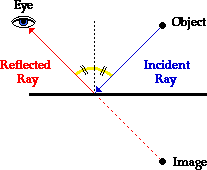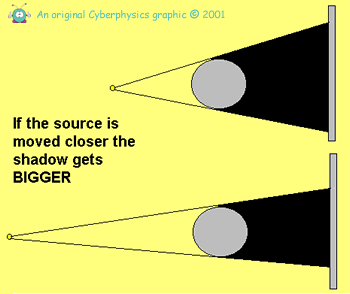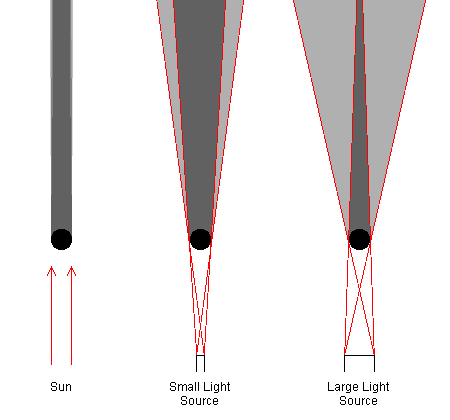11.9 Images in Curved Mirrors - Convex
Convex mirrors (sometimes called Diverging mirrors) are opposite to concave mirrors. Convex mirrors display a smaller image, but shows more in total, which makes it useful in tight corners and situations(ex. Parking garages, stores and subways) when you need to see around a corner. Or can be used for reversing mirrors in cars/trucks so you can see all of your surroundings, instead of just the smashed grill of the Buick you just hit behind you.
Convex mirrors always display a smaller, upright, virtual image.
Convex mirrors always display a smaller, upright, virtual image.
Reflected rays off of a convex mirror always diverge, that's why its also called a Diverging Mirror.
To locate the reflected image, continue the reflected rays behind the mirror, wherever those lines intersect, is where the image would appear.
Note: F is now called Virtual Focus.
Terminology:
Centre of Curvature: Centre of the sphere whose surface has been used to make the mirror.
Principal Axis: the line through the centre of curvature to the midpoint of the mirror.
Vertex: the point where the Principal Axis meets the mirror
Diverge: To spread apart
Real image: an image that can be seen on a screen as a result of light rays actually at the image location.
Video on Convex Mirrors





















